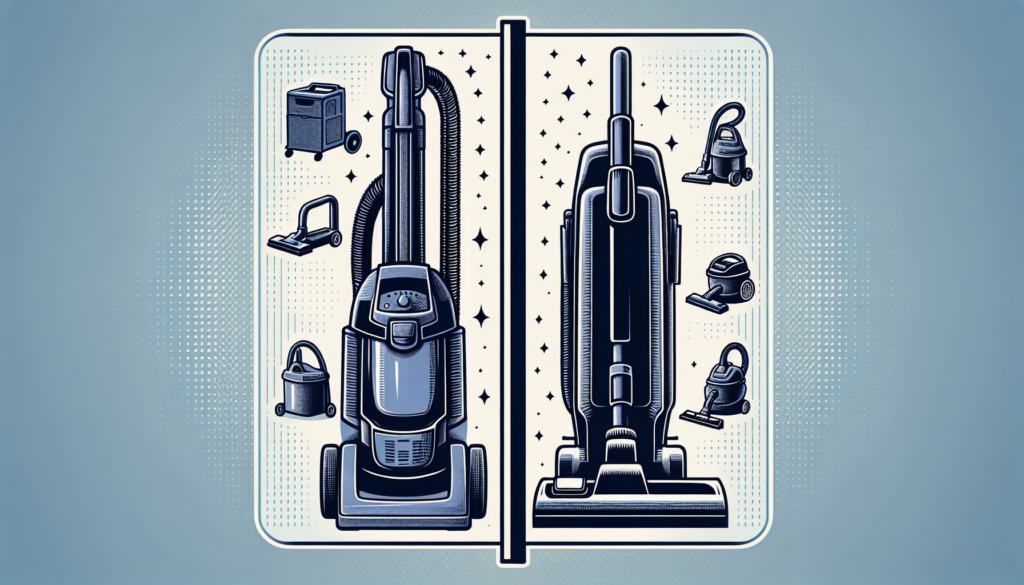Thinking of buying a new smartphone? Look no further! Get ready to embark on an exciting journey of exploring the age-old debate of Android vs. iOS. At BuySellCloud.com, we understand the importance of making informed shopping decisions, and that’s why we’ve compiled expert buying guides just for you. Whether you’re a tech enthusiast or simply in need of a new device, our comprehensive product insights and tips will help you confidently navigate the ever-evolving world of smartphones. Join us as we delve into the Android vs. iOS showdown and discover the perfect smartphone for your needs.

Price
Android
When it comes to price, Android smartphones offer a wide range of options to suit different budgets. Whether you’re looking for a budget-friendly device or a high-end flagship, Android has got you covered. You can find Android phones starting at very affordable prices, making it a more accessible option for those who are on a tight budget or simply don’t want to spend too much on a new device. Additionally, the variety of Android manufacturers means there are plenty of choices when it comes to price range, allowing you to find a phone that fits your desired budget.
iOS
On the other hand, iOS devices, such as iPhones, are known for their premium price tags. Apple’s iPhones tend to be more expensive than their Android counterparts, with flagship models reaching top-tier prices. However, it’s important to note that iOS devices often come with a longer lifespan and retain their value better over time, which may be worth considering when investing in a new smartphone. While they may be pricier upfront, some users appreciate the long-term value and durability that iPhones offer.
Customization
Android
One of the key strengths of Android is its high level of customization. Android allows users to personalize their smartphones to a great extent, making it truly their own. You have the ability to customize your home screen, choose from a wide range of icon packs, install third-party launchers, and even customize system settings. With Android, you have the freedom to tailor your smartphone’s interface and functionality according to your preferences.
iOS
While iOS does offer some level of customization, it is more limited compared to Android. Apple’s operating system provides a consistent and cohesive user experience across devices, which is appreciated by many users who prefer a streamlined and intuitive interface. While you may not have the same level of customization options as Android, iOS offers a polished and user-friendly experience that appeals to those who prefer simplicity and ease of use.

User Interface
Android
Android’s user interface is known for its versatility and flexibility. It allows you to choose from a variety of user interfaces, commonly known as “skins,” provided by different manufacturers. Each manufacturer may offer its own unique design and features, allowing you to find a user interface that suits your preferences. Whether you prefer a clean and minimalistic interface or a more vibrant and colorful one, Android offers a wide range of options to cater to different tastes.
iOS
On the other hand, iOS prides itself on its sleek and intuitive user interface. Apple focuses on simplicity and ease of use, providing a cohesive and consistent experience across devices. With iOS, you can expect a clean and minimalistic design, with attention to detail and smooth animations. Apple’s user interface is known for its user-friendly approach, making it easy for anyone, regardless of technical expertise, to navigate and use their device effectively.
App Availability
Android
When it comes to app availability, Android has a clear advantage. The Google Play Store offers a vast array of applications, including popular social media platforms, productivity tools, gaming apps, and much more. Android’s app ecosystem is known for its openness, allowing developers to easily publish their apps on the platform. This results in a larger selection of apps available for Android users to choose from, providing a diverse range of options to suit their needs and interests.
iOS
While Android may have a larger quantity of apps, iOS is known for its quality and curated app store. The Apple App Store maintains strict guidelines for app developers, ensuring that only high-quality and well-designed apps are available to iOS users. This curated approach results in a more polished and refined selection of apps, providing a seamless and reliable experience. Additionally, many developers prioritize releasing their apps on iOS first, making the platform a preferred choice for those seeking early access to the latest apps and updates.

Updates and Support
Android
Android provides regular software updates to enhance the user experience and improve security. However, the frequency and availability of these updates may vary depending on the manufacturer and the specific device you own. Android updates are typically rolled out by Google, but it is up to the device manufacturer to integrate and release these updates for their devices. This means that some Android devices may experience delays in receiving the latest updates, which can impact the overall user experience and security.
iOS
Apple’s iOS updates, on the other hand, are known for their timely releases and widespread availability. Apple directly controls both the hardware and software aspects of their devices, allowing them to provide consistent software updates to all compatible devices simultaneously. This means that iOS users can expect to receive regular updates that bring new features, performance enhancements, and security patches. The seamless and centralized nature of iOS updates ensures a more streamlined and reliable user experience.
Hardware Options
Android
One of the key advantages of using an Android device is the wide range of hardware options available. Android is an operating system that is utilized by various manufacturers, including Samsung, Google, OnePlus, and many others. Each manufacturer offers a unique lineup of devices with varying features, specifications, and designs. This diversity allows you to choose a smartphone that suits your specific needs, whether it’s a device with a high-quality camera, a large display, or a long-lasting battery life.
iOS
In contrast, iOS devices, specifically iPhones, are exclusively manufactured by Apple. While this may limit the hardware options available, it allows Apple to focus on delivering a consistent and optimized user experience across its devices. Apple’s tight integration of hardware and software results in devices that are finely tuned to work seamlessly together. This approach ensures a high level of performance and reliability, albeit with less freedom in terms of hardware customization.
Privacy and Security
Android
Privacy and security have been areas of concern for Android devices in the past. Due to the open nature of the Android platform, there is a slightly higher risk of malware and potentially harmful apps. However, Google has made significant efforts to enhance security measures and protect user data. Android now offers features such as app permission control, biometric authentication, and regular security updates to mitigate these risks and provide a safer user experience.
iOS
Apple has built a strong reputation for prioritizing user privacy and security. iOS devices are known for their robust security measures and stringent app review process. Apple’s closed ecosystem and strong encryption standards provide a high level of protection for user data. Additionally, features such as Face ID and Touch ID offer secure biometric authentication methods. Apple also focuses on user privacy by minimizing data collection and giving users more control over their personal information. If privacy and security are top priorities for you, iOS may be the preferred choice.
Integration with Other Devices
Android
Android devices excel in terms of compatibility and integration with other devices. With Android, you can easily connect and sync your smartphone with various devices, such as tablets, smartwatches, TVs, and more. The operating system offers seamless connectivity options, allowing you to share files, mirror your device’s screen, and control other devices from your Android smartphone. This level of integration enhances the overall user experience and makes it convenient to manage your digital ecosystem.
iOS
Apple’s closed ecosystem also offers a high level of integration between devices. If you own multiple Apple devices, such as an iPhone, iPad, and Mac, you can enjoy a seamless transition between them. Features like Handoff, AirDrop, and iCloud syncing allow you to effortlessly transfer tasks and files from one device to another. This tight integration ensures a unified experience across Apple devices, making it easy to work seamlessly and efficiently.
Voice Assistants
Android
Android devices come with Google Assistant, a powerful voice assistant that can perform a wide range of tasks and provide helpful information. Google Assistant is integrated into the operating system, allowing you to use voice commands to control your device, search the web, set reminders, send messages, and much more. With its extensive integration with other Google services and its ability to understand context, Google Assistant offers a robust and versatile voice assistant experience.
iOS
For iOS users, Siri is the default voice assistant provided by Apple. Siri can perform similar tasks as Google Assistant, allowing you to control your device, search the web, and interact with various apps using voice commands. Siri also offers integration with other Apple services, such as Apple Music and HomeKit, providing seamless control over your entertainment and smart home devices. While Siri may not be as robust as Google Assistant in terms of features, it still serves as a useful voice assistant for iOS users.
Battery Life
Android
Battery life is an aspect that can vary between different Android devices. With a wide range of manufacturers and models, it’s important to consider the battery capacity and efficiency of the specific device you are interested in. However, Android devices generally offer a variety of power management options and settings that allow you to optimize battery life. With features like battery saver mode and the ability to monitor app usage and battery consumption, you can extend the battery life of your Android smartphone.
iOS
Apple is known for its efficient hardware and software integration, which often translates into better battery life for iOS devices. iPhones are optimized to deliver a balance between performance and power consumption, resulting in longer battery life compared to some Android devices. Additionally, Apple’s closed ecosystem allows for better control over background processes and app optimization, further contributing to improved battery performance. iOS devices also offer power-saving features and settings that help you maximize your device’s battery life.
In conclusion, when choosing between Android and iOS, it’s important to consider your priorities and preferences. Android offers a wide range of customization options, diverse hardware choices, and a larger selection of apps. On the other hand, iOS provides a streamlined and user-friendly experience, robust privacy and security measures, and seamless integration with other Apple devices. By weighing the factors that matter most to you, you can make an informed decision and find the smartphone that best suits your needs.




